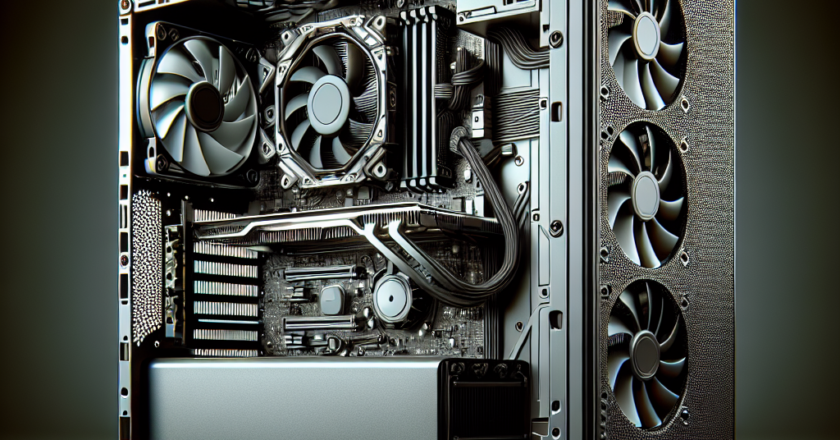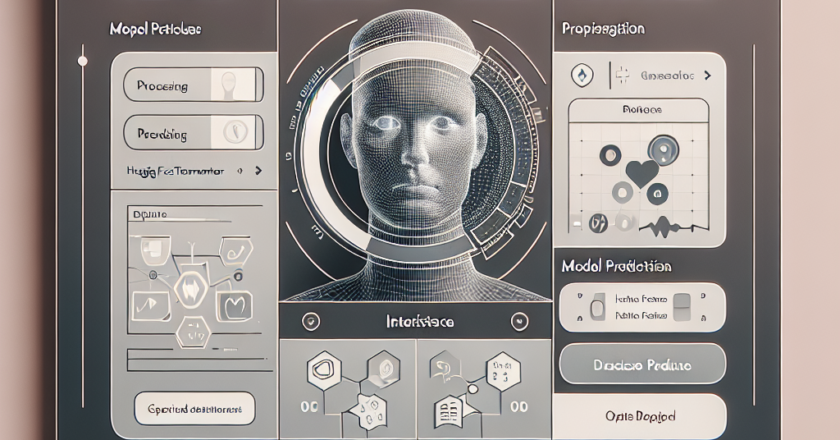Tutorial: Building a Bilingual Chat Assistant with Arcee’s Meraj-Mini Model on Google Colab
# Summary:
- Tutorial on building a Bilingual Chat Assistant using Arcee's Meraj-Mini model.
- Deployed on Google Colab with T4 GPU.
- Showcases capabilities of open-source language models.
- Utilizes PyTorch, Transformers, Accelerate, BitsAndBytes, and Gradio.
## Author's Take:
Embracing the power of open-source language models and cloud resources, this tutorial equips tech enthusiasts with the skills to deploy efficient AI solutions. By leveraging GPU acceleration and cutting-edge tools, the Bilingual Chat Assistant demonstrates practical application in bridging language barriers, all within the realm of accessible cloud computing.
Click here for the original article.










